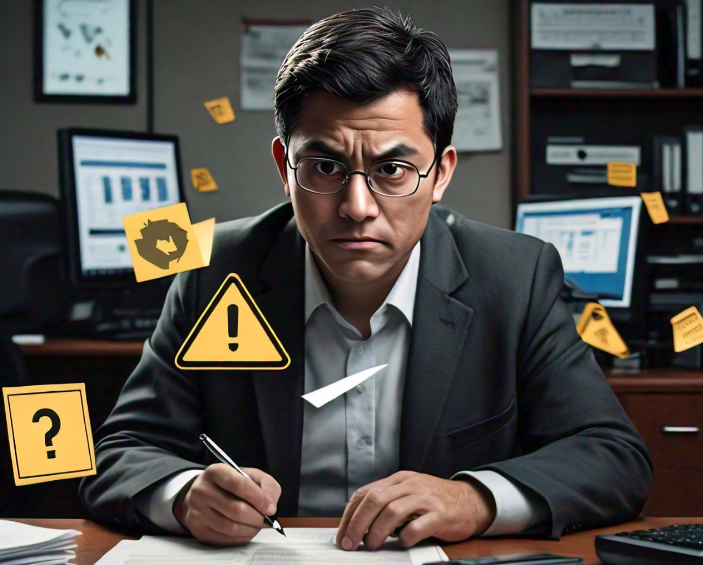How to Protect Yourself from Fraud
In today’s digital age, protecting yourself from fraud is more crucial than ever. It feels like every week there’s a new scam making headlines. So, how do you stay ahead of the curve and keep your hard-earned money safe? Let’s dive into the world of fraud prevention and arm you with the knowledge you need!
Understanding Fraud
What is Fraud?
At its core, fraud is a deliberate deception to secure unfair or unlawful gain. Whether it’s through financial schemes, identity theft, or scams, fraudsters use a variety of tactics to exploit individuals and organizations. Think of it as a wolf in sheep’s clothing—appearing harmless while hiding malicious intent.
Common Types of Fraud
- Credit Card Fraud: Using someone else’s credit card information without permission.
- Identity Theft: Stealing personal information to impersonate someone else.
- Investment Fraud: Promising high returns on investments that don’t exist.
- Online Scams: Phishing emails, fake websites, and more that trick people into giving away personal information.
Recognizing the Signs of Fraud
Red Flags to Look For
Fraud often leaves a trail of warning signs. Here are some red flags that should raise suspicion:
- Unsolicited Offers: If it sounds too good to be true, it probably is.
- Pressure Tactics: Scammers may rush you into making decisions without thinking.
- Unusual Payment Methods: Be cautious if asked to pay via wire transfer or gift cards.
How to Spot Phishing Attempts
Phishing is one of the most common tactics used by fraudsters. Here’s how to spot it:
- Look at the Email Address: Check for subtle misspellings in the sender’s address.
- Beware of Generic Greetings: If the email doesn’t address you by name, it’s a red flag.
- Hover Over Links: Before clicking, hover to see if the URL matches what you expect.

Practical Tips to Prevent Fraud
Secure Your Personal Information
Keeping your personal information safe is your first line of defense. Always avoid sharing sensitive details, such as your Social Security number or bank account information, unless absolutely necessary.
Use Strong Passwords
It might seem basic, but a strong password can be your best friend against fraud. Aim for at least 12 characters, mixing uppercase letters, numbers, and symbols. And don’t reuse passwords across multiple sites!
Enable Two-Factor Authentication
Two-factor authentication (2FA) adds an extra layer of security. Even if someone steals your password, they won’t be able to access your account without a second piece of information, usually sent to your phone.
Online Safety Practices
[ninja_table_builder id=”158″]Be Wary of Public Wi-Fi
Using public Wi-Fi can be tempting, but it’s often a breeding ground for fraud. If you must use it, avoid accessing sensitive accounts like banking and consider using a VPN for added security.
Keep Software Updated
Software updates often include security patches. By keeping your operating system, browsers, and applications updated, you’re closing off vulnerabilities that fraudsters could exploit.
Monitor Your Financial Statements
Regularly reviewing your bank and credit card statements can help you spot unauthorized transactions quickly. If something looks off, report it immediately.
Protecting Yourself Offline
Shred Important Documents
Before tossing out old bank statements or personal documents, make sure to shred them. This prevents identity thieves from piecing together your information from the trash.

Be Cautious with Personal Information
Whether you’re on social media or chatting with friends, be mindful of what personal information you share. Scammers can use seemingly innocent details to craft a more convincing attack.
Reporting Fraud
Who to Contact
If you believe you’ve been a victim of fraud, report it! Contact your bank, credit card company, and the Federal Trade Commission (FTC). The sooner you act, the better your chances of minimizing the damage.
Documenting Your Experience
Keep a record of all communications and transactions related to the fraud. This documentation will be invaluable when working with authorities or disputing charges.
[ninja_table_builder id=”151″]Conclusion
Protecting yourself from fraud isn’t just about being cautious; it’s about being proactive. By understanding the risks, recognizing red flags, and implementing solid security practices, you can safeguard your financial future. Remember, staying informed is your best defense!
FAQs
What should I do if I suspect I’ve been a victim of fraud?
Act quickly! Contact your bank, credit card company, and local authorities. Monitor your accounts for any unusual activity.
How can I tell if an email is a phishing attempt?
Look for spelling errors, generic greetings, and mismatched URLs. If something feels off, it’s better to err on the side of caution.

Is my bank responsible for losses due to fraud?
Most banks have policies in place to protect you from unauthorized transactions. However, you may need to report the fraud within a certain timeframe.
What role does identity theft protection play?
Identity theft protection services can monitor your personal information and alert you to suspicious activity. They can also help you resolve issues if your identity is stolen.
How often should I check my credit report?
It’s wise to check your credit report at least once a year. You can get a free report annually from each of the three major credit bureaus. Keeping an eye on your report can help you spot fraudulent activity early.
By staying vigilant and informed, you can protect yourself from fraud and navigate the digital world with confidence. Don’t let fraudsters catch you off guard—be proactive and safeguard your assets!
[ninja_table_builder id=”154″]